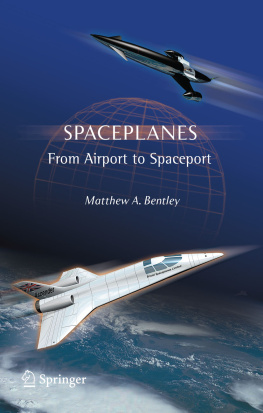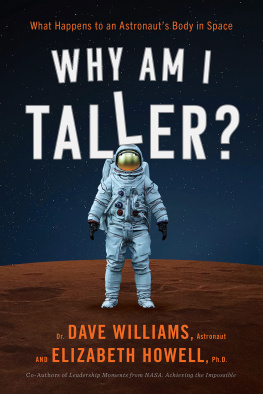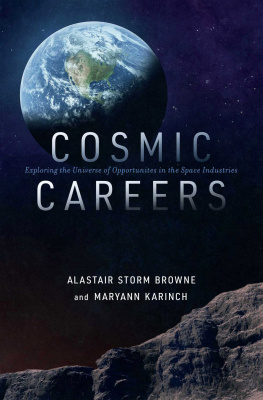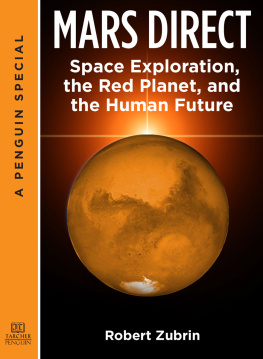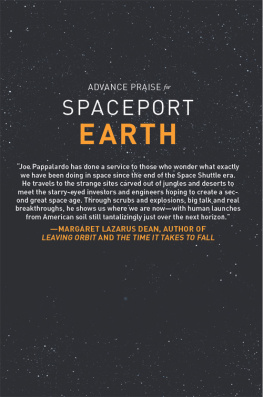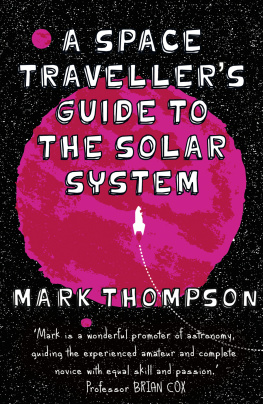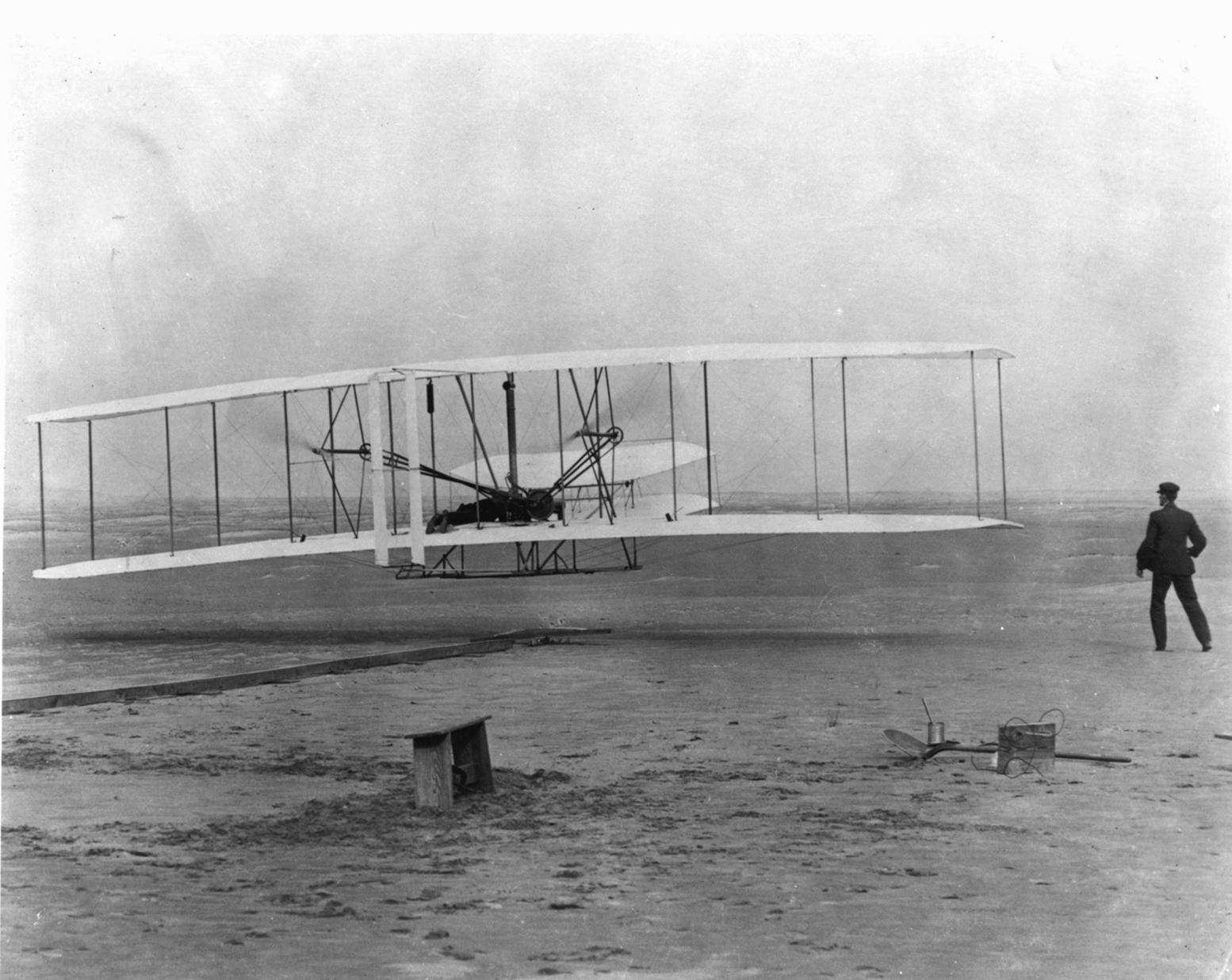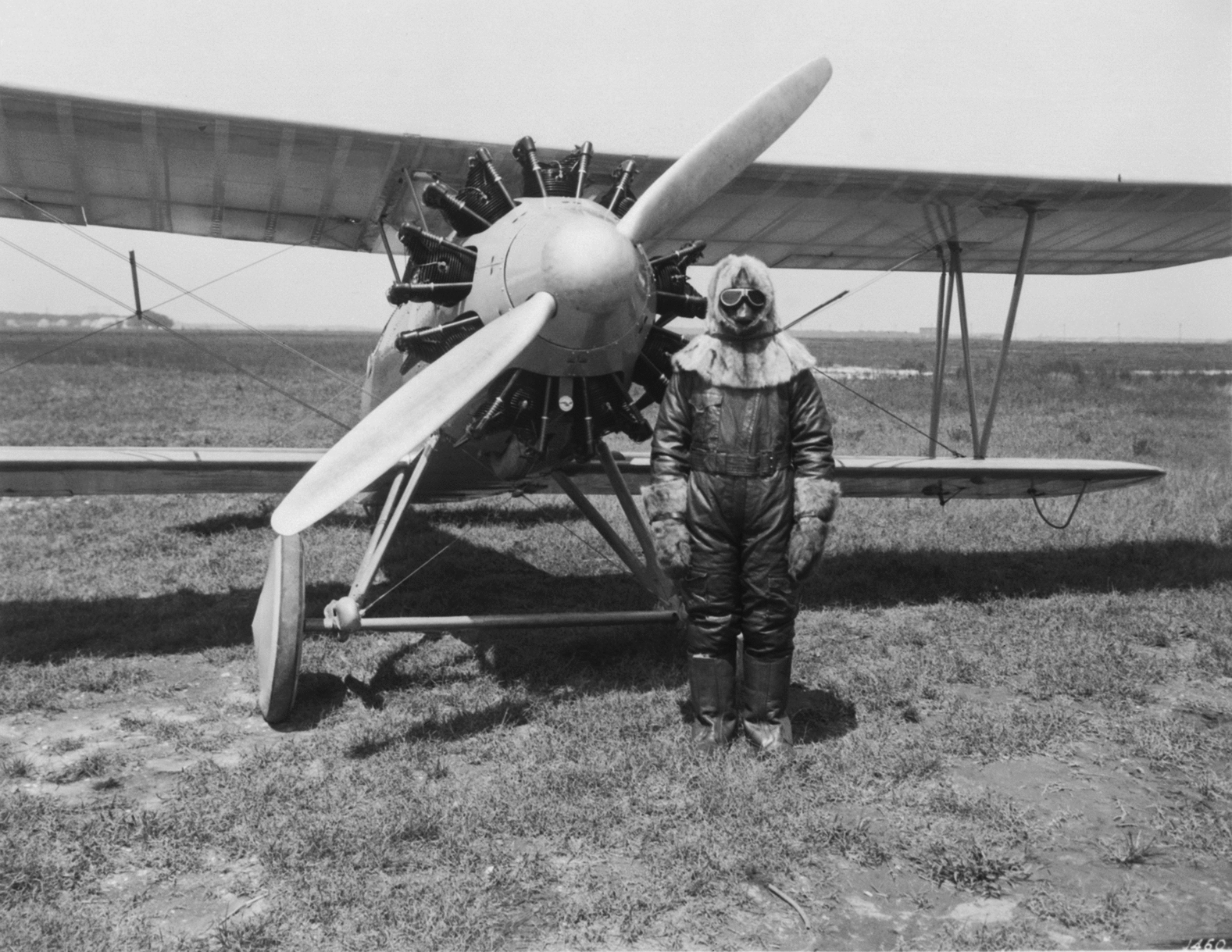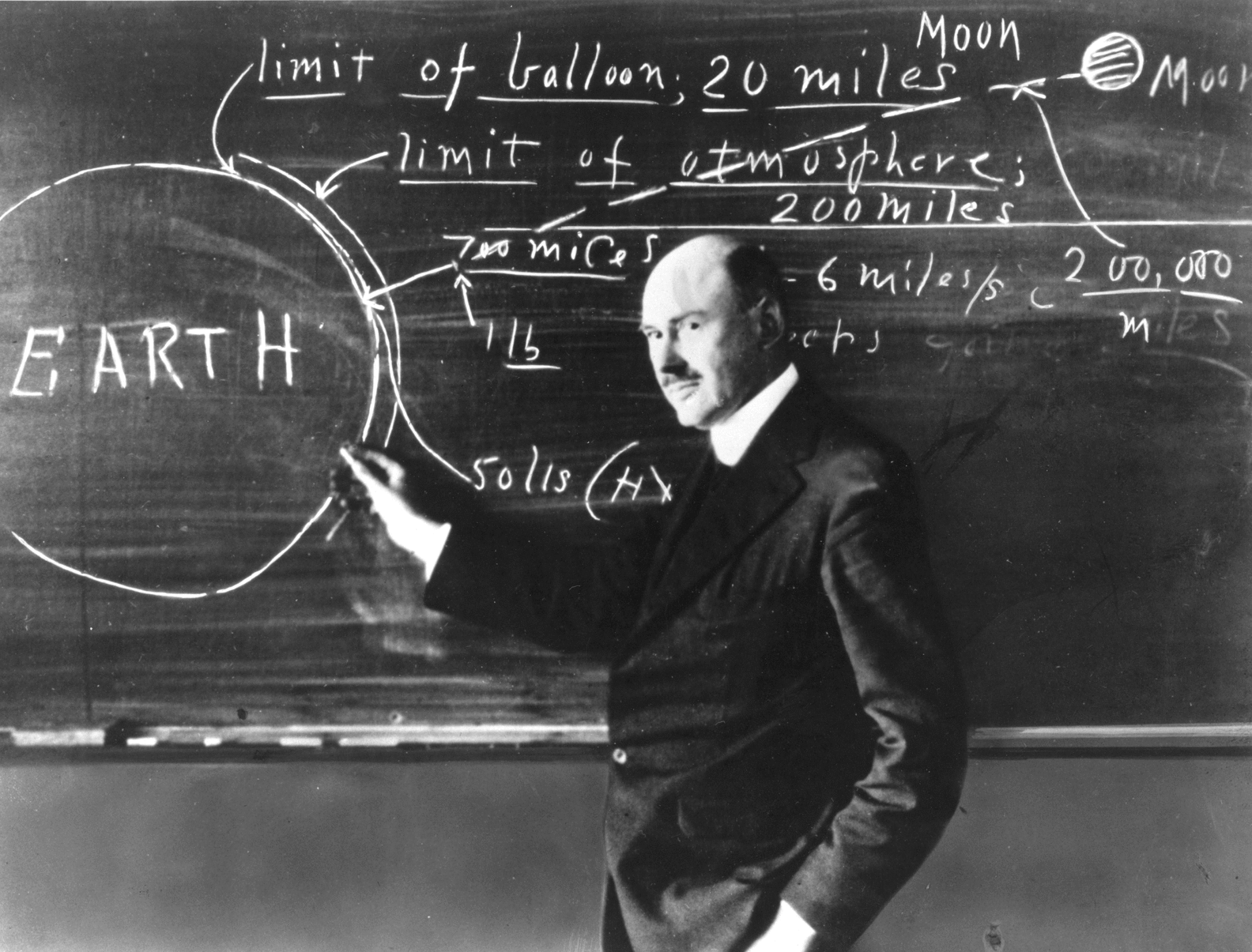Springer Science+Business Media, LLC 2009
Matthew A. Bentley Spaceplanes 10.1007/978-0-387-76510-5_1
1. Rocketplanes at the Airport
Rocketplanes have been around far longer than many of us groundlings may realize. German rocket gliders were flying in the 1920s, and winged space-bombers have been on the drawing boards since the 1930s. Both rocketplanes and winged rockets were flown during World War II, and rocket-research aircraft flew from the late 1940s until the mid-1970s. Rocket-powered lifting bodies flew in the 1960s and 1970s, gathering much needed aeronautical data. All of these efforts led directly to the US Space Shuttle, which since 1981 has flown over 120 missions into low Earth orbit, each time landing on a runway as a real spaceplane. The latest working example of a real spaceplane is SpaceShipOne, which flew several suborbital missions in 2004 above the 100-km magic altitude of space. The idea of using a winged vehicle to gain access to space shows no signs of stalling out. The vehicles themselves have had their share of mishaps, to be sure, but the idea flies on.
The history of the development of the spaceplane is one that stretches back to the early years of the twentieth century, and is intimately tied to the history of the airplane itself. Visionaries had foreseen an inevitable evolution of the airplane into a vehicle capable of spaceflight since at least the 1930s. Rocket engineers, by contrast, were developing wingless missiles in their endeavor to reach space by purely ballistic means. We will address the fundamental reasons for this later on. Yet, those in favor of the spaceplane concept recognized, from the outset, that a rocket engine of some kind could be married to a winged airframe to create a long-range vehicle capable of space operations. This concept took several forms, reflecting the initial design approach. One avenue of attack was to incorporate a rocket engine into a highly streamlined airplane, as in the X-series of research aircraft, and see how high and fast you could go. Another approach was to vertically launch a ballistic vehicle that could glide back to Earth, a method first tried with the V-2 rocket and routinely used by the US Space Shuttle. Both approaches have yielded varying degrees of success, and the debate about which approach is best continues to this day. But to properly tell the saga of the spaceplane and its progenitor, the rocketplane, we have to start with the first powered airplane.
The Wright Flyer
The first powered, piloted, controlled, heavier-than-air flight took place at about 10:35 on the morning of December 17, 1903, at Kitty Hawk, North Carolina. With the help of a 60-foot guide rail, this first flying machine lurched into the air, flew erratically for a distance of 120 ft, and came to Earth after just 12 s. The Wright Flyer I had averaged 10 ft/s, or 6.8 mph groundspeed. By todays standards, this sterling accomplishment of Wilbur and Orville Wright seems almost laughably primitive. Yet they accomplished something of lasting significance in the annals of aerospace history. Before this first powered flight, they had made some 1,000 glide flights, and were therefore experienced pilots. At the time, there had been no engine to power their Flyer , and so they simply built their own, an accomplishment in itself. This is an important fact, for improvements in the field of aviation are almost always accompanied by improvements in power. The Wright brothers flew the Flyer I three more times that first morning, the last time covering 852 ft in 59 s (Fig.
Fig. 1.1
Orville Wright makes the first powered, controlled, heavier-than-air flight in human history, December 17, 1903, Kitty Hawk, North Carolina (courtesy NASA)
There are certain discontinuities in engineering, analogous to the kind found by geologists in layers of ancient rock. These discontinuities represent a gap in the fossil record, or a jump in technology. Replacing the horse by the engine was one such discontinuity. Making the switch from airships to airplanes was another. Yet a third was the jump from the reciprocating engine to the turbojet. When the Wright brothers mounted chain-driven propellers and a 12-hp engine to the frame of Flyer I , they had just made one of these leaps of progress. And there was no going back.
The process of refining and improving the design of the first airplanes started almost immediately after the first flights. It was not long before the Wright brothers could fly around the patch with confidence. They controlled their craft through a unique wing-warping scheme, rather than by the use of ailerons and elevators. Later, the invention of the radial engine (Fig. ) and the development of the multiengine airplane would extend the power and range of airplanes. World War I saw the first use of the airplane in combat, and the first aerial dogfights.
Fig. 1.2
Fully suited aeronaut prepares to take Wright Apache to high altitude in 1928. The 18-cylinder radial engine was a significant advancement over the Wright Flyer (courtesy NASA)
Rocket Men
As the airplane continued to see slow but continuous improvements throughout the early years of the twentieth century, others were thinking beyond the atmosphere. They were considering the future of spaceflight by rocket. The main characters in this story were the reclusive Russian schoolteacher Konstantin Eduardovich Tsiolkovskiy, the German genius Hermann Oberth, and the American physicist Robert Hutchings Goddard. These three men, early on, represented the three nations that would play pivotal roles in the fascinating saga of the spaceship over the course of the ensuing century (Figs. ).
Fig. 1.3
Rocket pioneer Hermann Oberth (18941989) lived to see men walk on the Moon and spaceplanes land on Earth (courtesy NASA)
Fig. 1.4
Dr. Robert H. Goddard (18821945) at work in 1924 at Clark College, Worcester, Massachusetts, 5 years after writing his Smithsonian-published paper A Method of Reaching Extreme Altitudes (courtesy NASA)
It was Tsiolkovskiy who first wrote about the value of liquid propellants as the modus operandi of future spaceships. By 1895, he recognized that, unlike solid-propellant rockets, liquid-propellant rocket engines could be controlled, throttled, turned off, and turned back on. This would enable much greater flexibility in the execution of flights in the cosmic realm. Liquid fuels such as hydrogen, with their low molecular weights, would give the required impulse to these spaceships. Oberths contribution was the 1929 publication of a detailed treatise entitled Wege zur Raumschiffahrt ( Ways to Space Travel ). This was a greatly expanded version of his 1923 work Die Rakete zu den Planetenrumen ( The Rocket to Interplanetary Space ). But it was the American, Robert Goddard, who first turned the physics of the liquid-propelled rocket into a practical flying device. On March 16, 1926, from a field at his Aunt Effies farm near Auburn, Massachusetts, he launched the first liquid fuel rocket. The device did not look much like a rocket (Fig. ), but it demonstrated the rocket principle amply enough, rising to an altitude of 41 ft and crashing to the ground 2 s later. It reached a speed of 64 mph.

